Author: Caroline Jones (BPhty – Registered Physiotherapist)
Exercise is one of the four cornerstones of lymphedema management but often one of the most neglected.
Along with compression, skin care and lymphatic drainage, whether it be manual or self-drainage, exercise and activity help to reduce and maintain limb volumes.
One of the many benefits of exercise is that it is treatment that can be done independently by the patient without the need to attend an appointment.
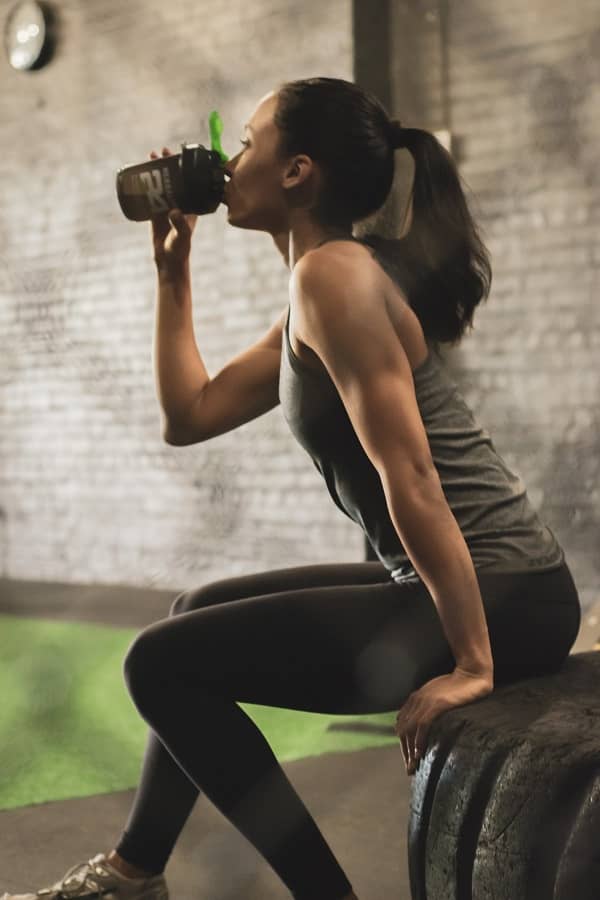
This places a degree of control with the patient themselves and means they can manage the condition while travelling or can fit it in with their own schedule.
So how else can exercise benefit those with leg lymphedema?
Unlike veins and arteries, the lymphatic vessels don’t have an in-built pump, therefore they rely on muscles to provide the pressure to pump fluid back into the main collecting channels for processing to take place.
During exercise, muscles contract to pump fluid back up the limb and into the lymphatic system (4).
This is why it’s recommended to wear compression (in the form of garments or wraps) while exercising to increase the pressure, and therefore the pumping action.
Exercise can even be used as part of preventative treatment for those who know they’re at risk of developing lymphedema, either having had lymph nodes removed or received radiation treatment.
Some even choose to wear compression garments prophylactically, despite having no visible symptoms of the condition.
Historically, lymphedema patients were discouraged from using their affected limb to exercise and especially warned against lifting weights.
However, research, such as the Physical Activity and Lymphedema (PAL) Trial (1) has shown that exercise for lymphedema patients is not only safe but can even help to treat and prevent the condition.
Although this study was performed with females, post breast cancer surgery, similar recommendations apply to those living with leg lymphedema.
Care must be taken to ensure the right amount of intensity, exercise selection and monitoring of symptoms throughout and it is best performed under the guidance of a qualified lymphedema therapist or physiotherapist with lymphedema experience.
Another important benefit of exercise is weight loss, reducing the load placed on the lymphatic system.
Exercise in conjunction with a healthy, calorie-controlled diet, is the most effective and sustainable way to lose or maintain weight.
We know that being overweight or gaining weight quickly can place excess stress on the lymphatic system.
What Type of Exercise is Most Beneficial for Lymphedema?
When exercise is prescribed it’s usually divided into three different forms:
1/ Resistance/strength training
2/ Cardiovascular training
3/ Flexibility training
All serve their purpose in patients with leg lymphedema and every person should be aiming for 150 minutes of exercise per week (2) including a combination of these three forms.
1/ Resistance Exercise
As stated previously, when exercising, muscles act as a pump to facilitate lymphatic return.
By focusing on resistance or strength training you are increasing the power and efficiency of this muscle pump, helping to pump more fluid.
This is especially important for leg lymphedema where fluid has to be pumped against gravity up the legs.
Resistance training doesn’t require heavy weights or even any weights at all.
In fact, some of the most effective exercises are those that use your body weight only, especially when starting out. You can always then progress these later by adding resistance such as bands or hand weights.
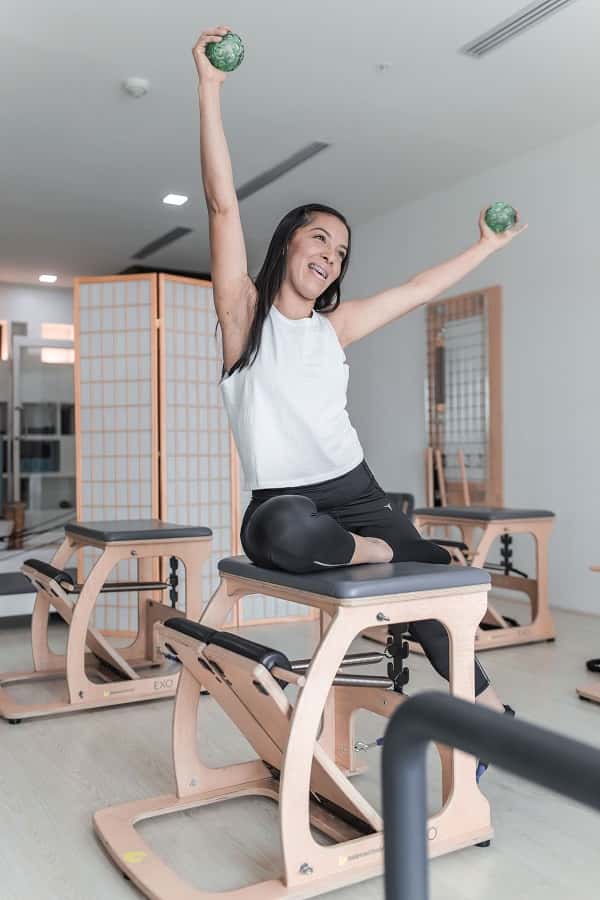
Another advantage of resistance training is that by increasing your lean body mass (amount of muscle tissue) you can increase then number of calories that you burn while at rest (your basal metabolic rate) assisting with weight loss.
Patients sometimes find that if they lose significant amounts of weight, they are left with loose skin which can be problematic for lymphedema as there is no resistance from skin tension and the limb has more room to swell.
By incorporating strength training into their routine and adding some lean muscle mass, even if only a small amount, patients can help to improve skin elasticity and provide some resistance to the swelling.
2/ Cardiovascular Training
Maintaining a healthy weight is incredibly important in the treatment of lymphedema.
We know that there is an increased risk of developing lymphoedema and having more severe symptoms in patients who are overweight and obese.
As part of treatment some patients are tasked with weight loss and specifically fat loss to decrease the load on their lymphatic system.
While it is possible to lose weight through resistance training, best results are seen with adding some cardiovascular training as well.
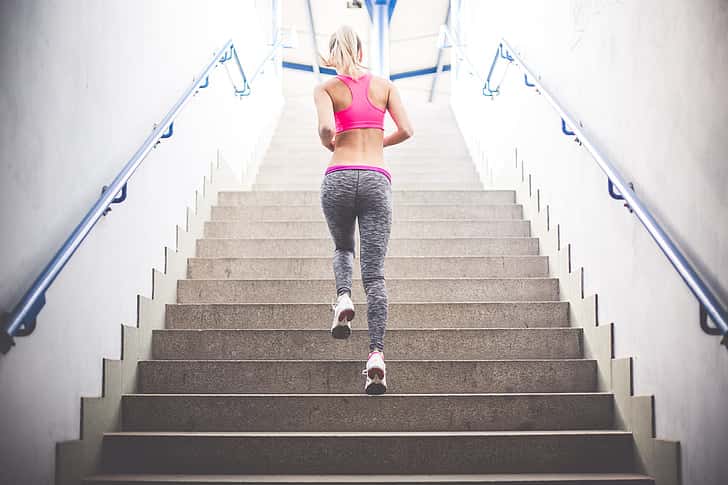
Cardiovascular training or aerobic training as it’s also known is any type of exercise that gets your heart rate up or leaves you slightly out of breath.
Examples of cardio training include walking, jogging, swimming or cycling.
Cardiovascular training helps to improve the efficiency of your heart and lungs, which results in increased fitness.
The fitter you are, the easier it is to carry out activities which may have previously been difficult due to heavy, edematous legs.
3/ Flexibility
The third form of exercise is often the most often neglected, flexibility or stretching.
Improving your flexibility is especially important if you have any joint restrictions or adhesions which may be decreasing the amount of lymphatic flow through an affected area.
Areas of scarring or adhesions act as roadblocks causing a traffic jam of fluid.
This is often the case with surgical scars or regions that have undergone radiotherapy.
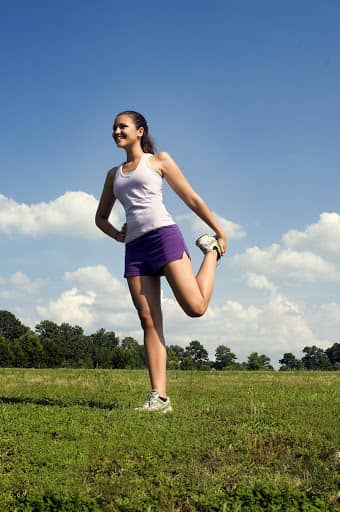
Trying to improve range of movement can also reduce pain and improve quality of movement and compliance with exercise.
Flexibility can be performed with gentle stretching but also soft tissue massage over any specific problem areas.
Be sure to see advice from a health practitioner with specific lymphedema experience as massage that is too firm or in the wrong area can sometimes cause more harm than good.
Guidelines for Exercising with Leg Lymphedema
Follow these general rules to reduce your risk of injury and infection. Any infections can put more strain on an already weak lymphatic system as well as causing further damage.
Do:
• Avoid repetitive heavy loading of the legs
• Ensure that you stay hydrated
• Avoid sunburn and mosquito bites by wearing sunscreen and mosquito repellent
• Combine with SLD/MLD, pump and skin care
• Make sure you wear appropriate footwear
• Avoid blisters, cuts and scratches and if sustained, keep them clean and dry
• Keep mobile
• Pace activity with manageable loads
Don’t:
• Wear restrictive clothing or jewellery
• Gain significant amounts of weight over a short time period
• Undertake repetitive activity with a heavy load
Examples of Useful Lymphedema Exercises For Legs
If you are looking for the best exercises for lymphedema in the legs then try the following examples.
1/ Calf Pumps
A gentle exercise which can be done in bed or while sitting in a chair.
Pump the feet back and forth, ensuring full movement of the ankle joint.
You can also perform circles in each direction. This helps to prevent edema in the feet and ankles as well as mobilising stiff ankle joints
2/ Hip and Knee Bends
Sometimes referred to as “heel slides” this exercise gently mobilises the hip and knee joints.
It can be done in bed or whilst lying on the couch.
Slide the heel up towards your bottom, bending the knee before slowly returning back to straight position and repeating on the other leg
3/ Squats
A great weight bearing exercise that strengthens the thigh and glute muscles.
It is beneficial for people also suffering from sore knees which many lymphedema patients do.
Starting in standing, stick your bottom out behind you and bend your knees as if you were going to sit on a chair.
Then stand back up straight, squeezing your bottom muscles at the top.
Feel free to hold onto a bench or rail initially if you need to balance
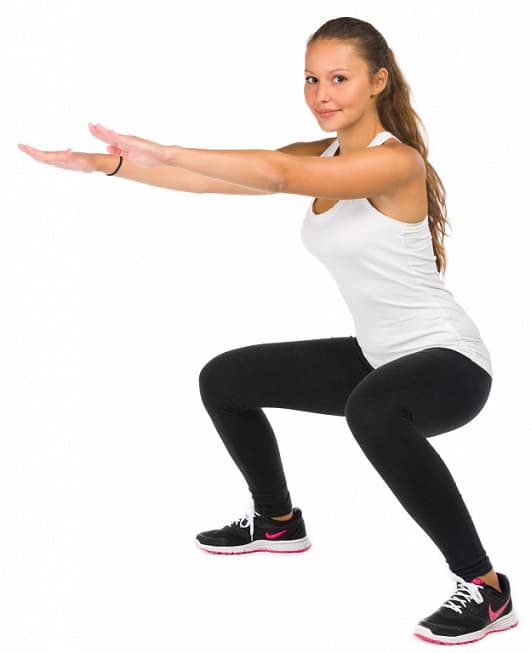
4/ Calf Raises
This is a progression of the calf pump exercise but done in weight bearing and therefore more of a strengthening exercise.
In standing, keeping your knees straight, raise up onto your toes. Hold for a second and then slowly lower back down.
Feel free to hold onto a rail or stable surface for support
5/ Hip Extension – Bridging
This exercise offers low impact strengthening of the hips and core muscles.
It is best done in a lying position so can be done before or after elevating your legs.
Lying on your back with your knees bent up, squeeze your bottom muscles and lift your hips up off the ground.
Hold for approximately three seconds at the top and then slowly lower back down.
Activating the glute muscles can help to facilitate lymphatic drainage in the pelvic and lower trunk region.
General Forms of Exercises to Incorporate
1/ Swimming
Being low impact and having the water take some weight can be very helpful for heavy limbs.
The water can also provide some resistance as well, acting as light compression.
If freestyle isn’t your thing then even water walking/running is beneficial or holding onto the side of the pool and kicking
2/ Cycling
Another low impact option that also helps legs move through a complete range of movement as you pedal.
Cycling on a recumbent bike may be a more comfortable choice for some as legs aren’t directly underneath you

3/ Deep Breathing
Every routine should start with some deep breathing as this increases intra-abdominal pressure which stimulates the lymphatic duct, the main lymphatic collecting channel situated in the abdomen.
Try and continue deep breathing during exercise.
4/ Abdominal Exercises
This doesn’t mean sit ups and crunches but gentle core activation such as leg lowers or modified planks will assist with abdominal clearance of fluid and stimulate the lymphatic duct, the main reservoir situated in the abdomen
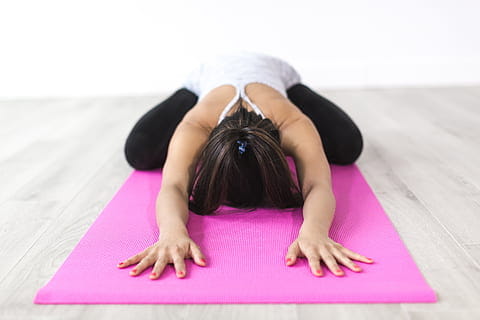
Points to Consider…
Care When Exercising
Every person is different, however running may cause an increase in leg symptoms due to the repetitive high impact nature of the sport.
Try water running, walking or using the cross-trainer/elliptical machine instead for the same cardiovascular benefits.
While hiking and walking are good for general exercise, be careful that you don’t spend too long on your feet, increasing swelling, wear adequate compression and try to elevate your legs once you can get off your feet.
Lifestyle
Leg lymphedema especially can be exacerbated by sedentary jobs and gravity, e.g. sitting at a desk all day.
Similarly, those who spend hours standing such as retail workers or nurses may find an increase in limb volumes at the end of a shift.
If your occupation or lifestyle requires prolonged periods sitting or standing, try to incorporate some gentle calf raises every hour to help prevent foot and ankle edema and consider using a foot stool at your desk to elevate your feet if possible.
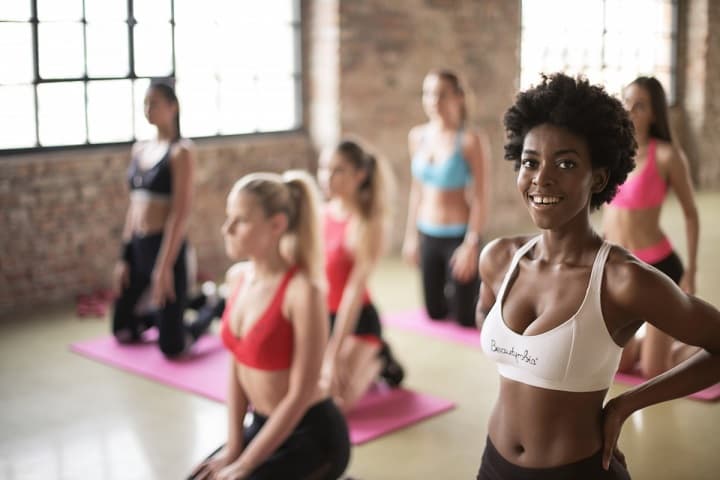
Potential Barriers to Exercise
It can be very difficult for lymphedema patents to develop an effective fitness routine.
The difficult thing being that lymphedema can cause painful and restricted joint movement.
As well as patients being self-conscious about being seen with swollen legs or wearing compression garments.
These factors can all result in poor compliance with exercise and a decrease in daily activity which can cause further weight gain.
Try starting off with a short home workout in the privacy of your living room or go for a gentle walk with a friend.
It can also be helpful scheduling it into your diary as you would an appointment and then you’re less likely to skip it.
Lipedema
It is worth mentioning a condition called lipedema (3) which is characterised by fatty tissue, especially common in the thighs and hips giving a pear-shaped appearance.
Lipedema is much more stubborn than lymphedema as it’s not fluid but fat cells which have deposited in the limbs.
Weight loss, compression and regular exercise still remain to be the key treatment approaches, but it is important to receive a definitive diagnosis from a lymphedema therapist or physician to distinguish between lipedema or lymphedema as the two conditions can sometimes be confused.
The main aspects to focus on for patients living with leg lymphedema is to try and maintain a healthy weight range and improve the efficiency of the muscular lymphatic pump.
Most patients will benefit from an increase muscle strength and decreased amount of body fat.
These changes can result in some relief in symptoms or at least decrease the likelihood of symptoms worsening.
Rest assured, research has shown that lifting weights definitely does not make existing lymphedema worse.
Conclusion
We hope this article has been useful in helping you understand Lymphedema exercises for legs, and their benefits.
The important takeaway is not to feel pressured into carrying out all the different forms of exercise we have discussed here.
Even small steps and changes can make a big difference to your experience of leg Lymphedema.
If you wish to learn about exercises for arm lymphedema, check out our article here.
Please check out lymphedemalifeline.org for more articles like this.
References
- Schmitz, K. H., Troxel, A. B., Cheville, A., Grant, L. L., Bryan, C. J., Gross, C. R., Lytle, L. A., & Ahmed, R. L. (2009). Physical Activity and Lymphedema (the PAL trial): assessing the safety of progressive strength training in breast cancer survivors. Contemporary clinical trials, 30(3), 233–245.
- World Health Organisation – Recommended Levels of Physical Activity – for adults aged 18-64 https://www.who.int/dietphysicalactivity/factsheet_adults/en/
- Lymphoedema Support Network – Lipoedema https://www.lymphoedema.org/index.php/information-and-support/lipoedema
- Exercise, Positioning and Lymphoedema – Cancer Research UK https://www.cancerresearchuk.org/about-cancer/coping/physically/lymphoedema-and-cancer/treating/exercise
Disclaimer – The information on this website is for informational purposes only. Lymphedemalifeline.org and it’s staff, writers, etc. assumes no responsibility for any consequences arising from any use made of, or any reliance on, the information contained on this website.

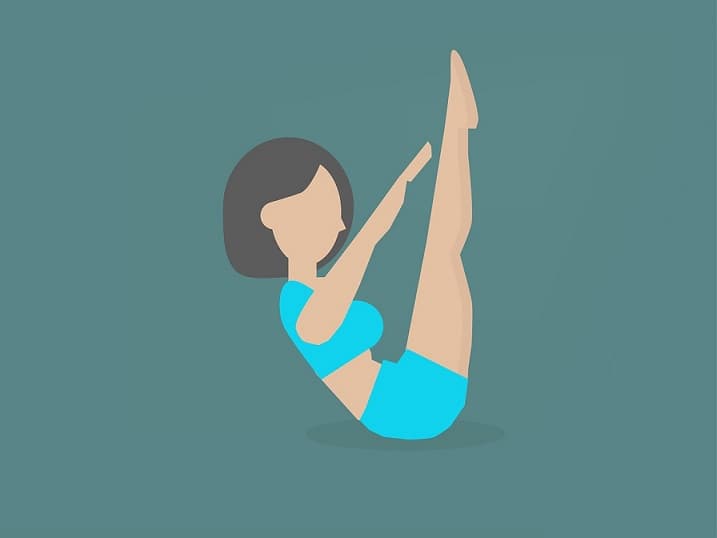

1 thought on “Lymphedema Exercises For Legs [Examples, Dos & Don’ts]”